The World's Most Comprehensive Allergen Intro Pack
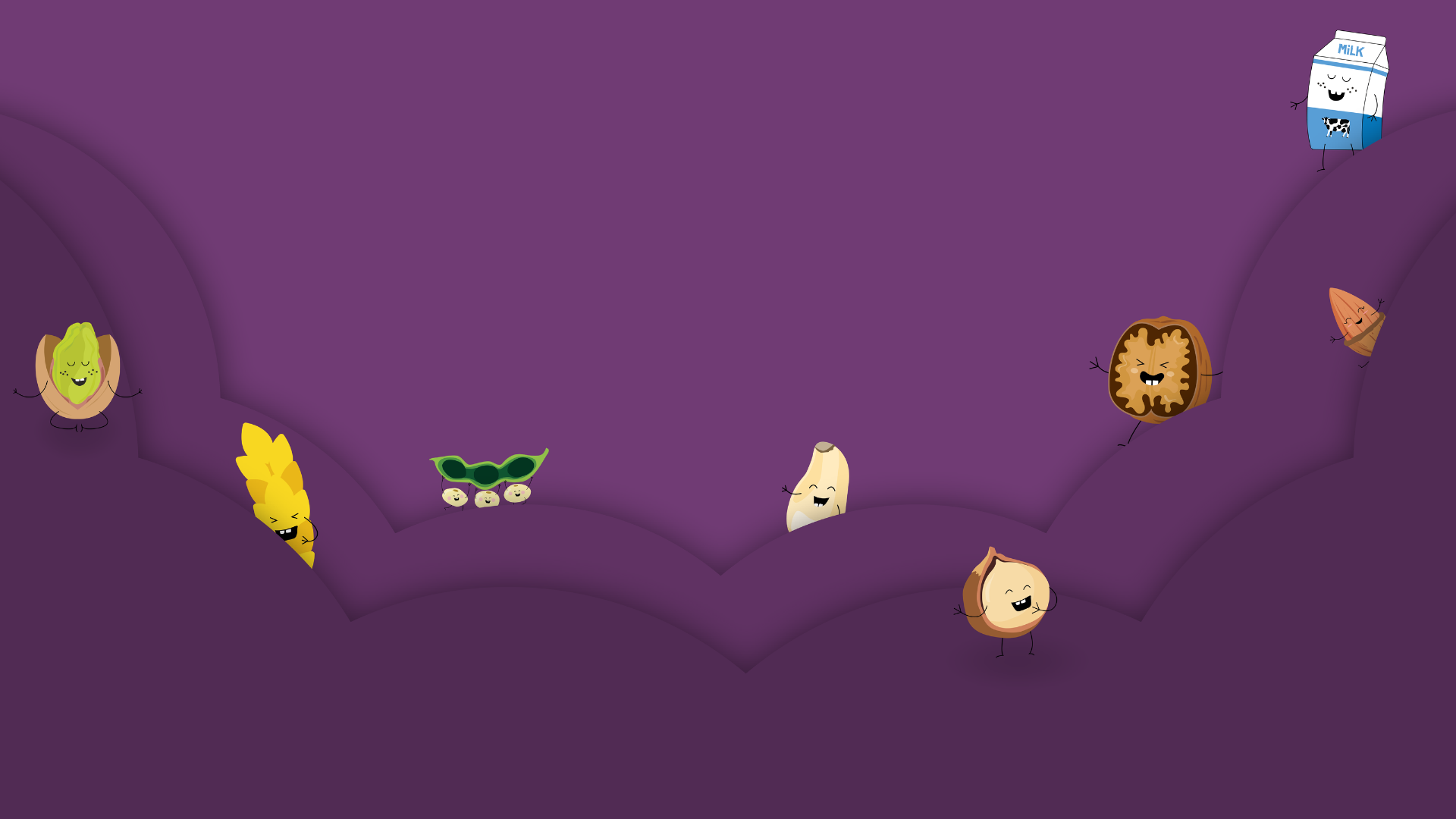
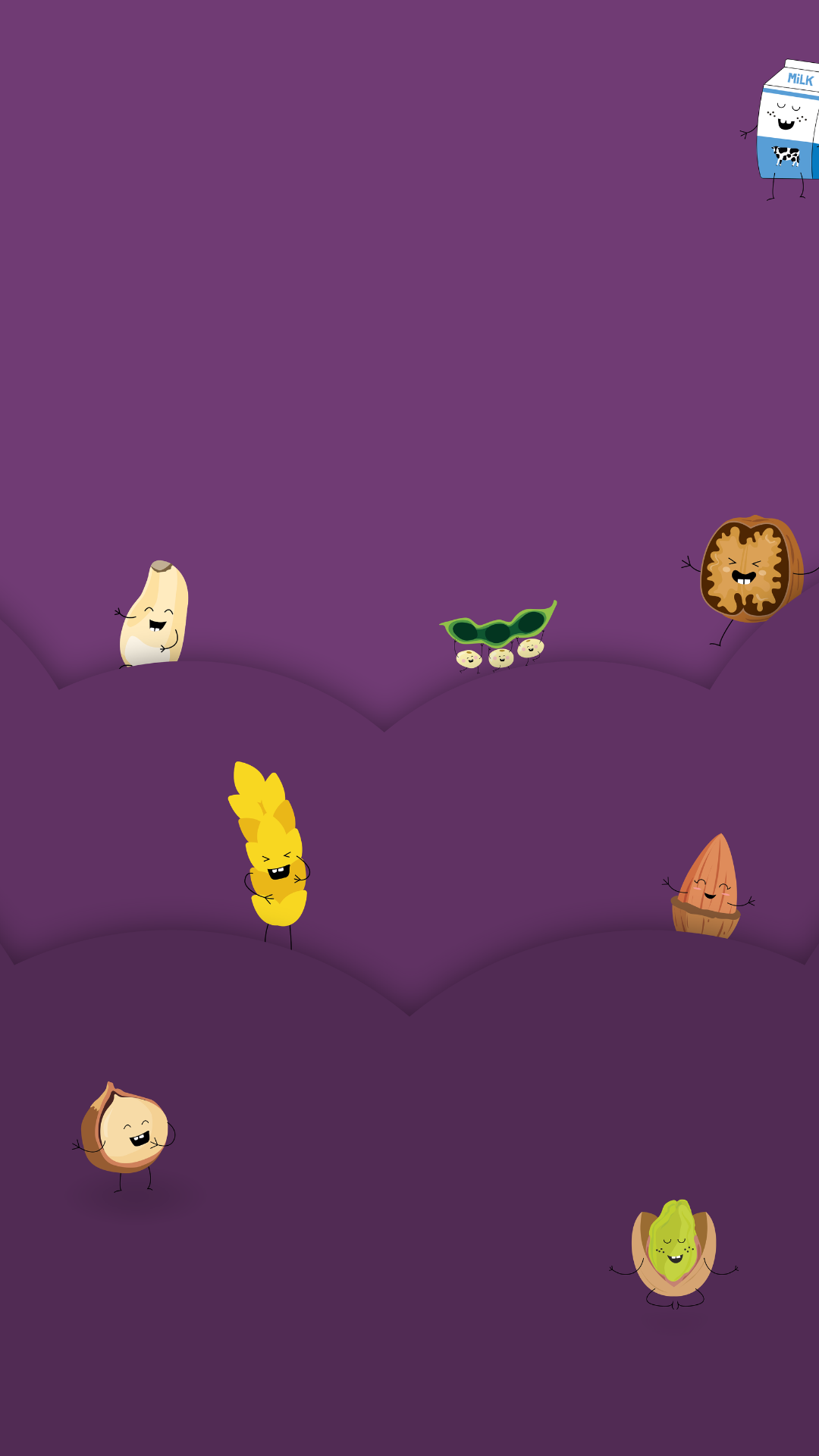


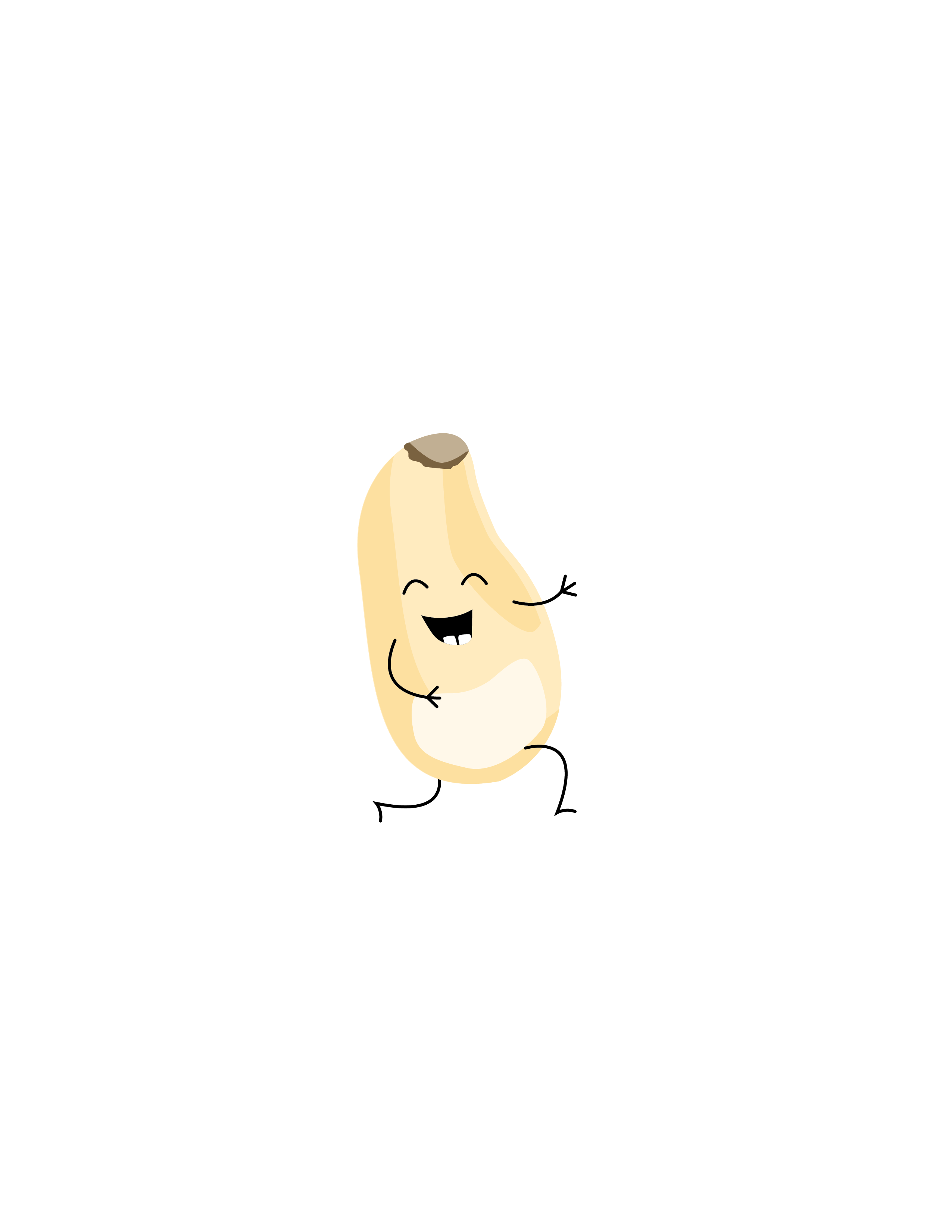

Allergy Intro Made Easy


Tree Nut Maintenance Mix

We’re here to make allergy introduction as simple as a spoonful!
Your one-stop solution for introducing allergens to your baby.
Each pack includes 14 common allergens to help your baby build a happy, healthy relationship with food.



The Nourishing Difference
-

Made in Australia
The Allergy capital of the world where 1 in 10 infants is diagnosed with a food allergy.

-

Contains 14 Allergens
We’ve taken the hassle out, making allergen introduction simple and stress-free for parents.

-

Premium Quality Ingredients
Our trusted, high-quality products ensure your bub’s allergen journey is safe, secure, and worry-free.



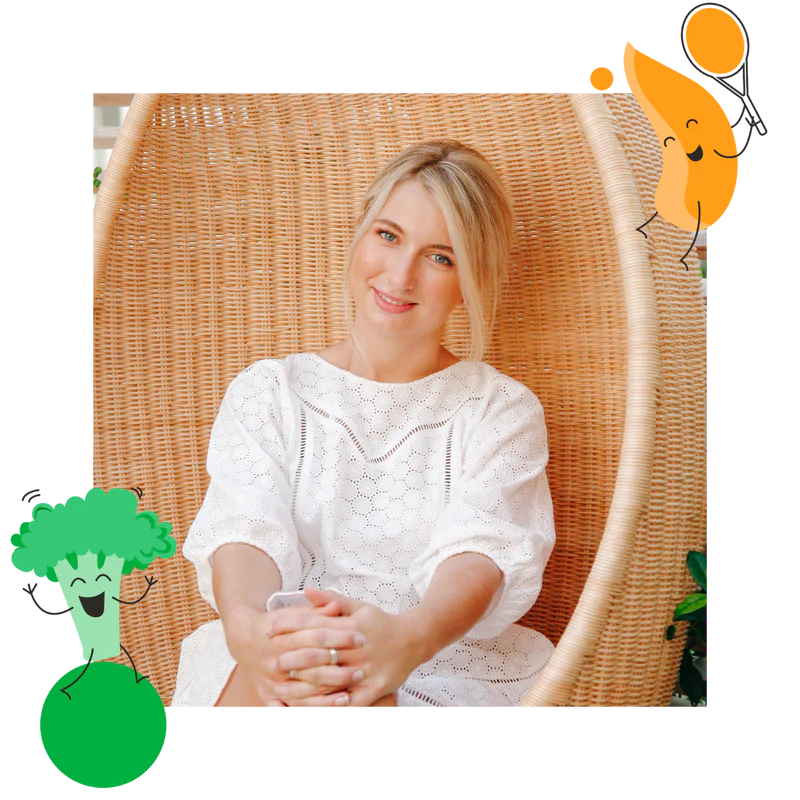
Created by Pediatric Dietitian Liv Bates
The Nourishing Group was started by Pediatric Dietitian Liv Bates. While babysitting and studying, Liv saw how tough it was for parents to feed their kids right.
Keen to make a difference, she checked out baby food options and found sugary, watered-down pouches that lasted longer than the babies! Turns out, they were heat-treated, killing off most of the nutrients. Bub was getting little more than energy – no real nourishment. Liv knew the baby food market had missed the mark and wanted to change that.



Big love and a big discount on our first few orders.
Use ‘LAUNCH25’ for 25% off
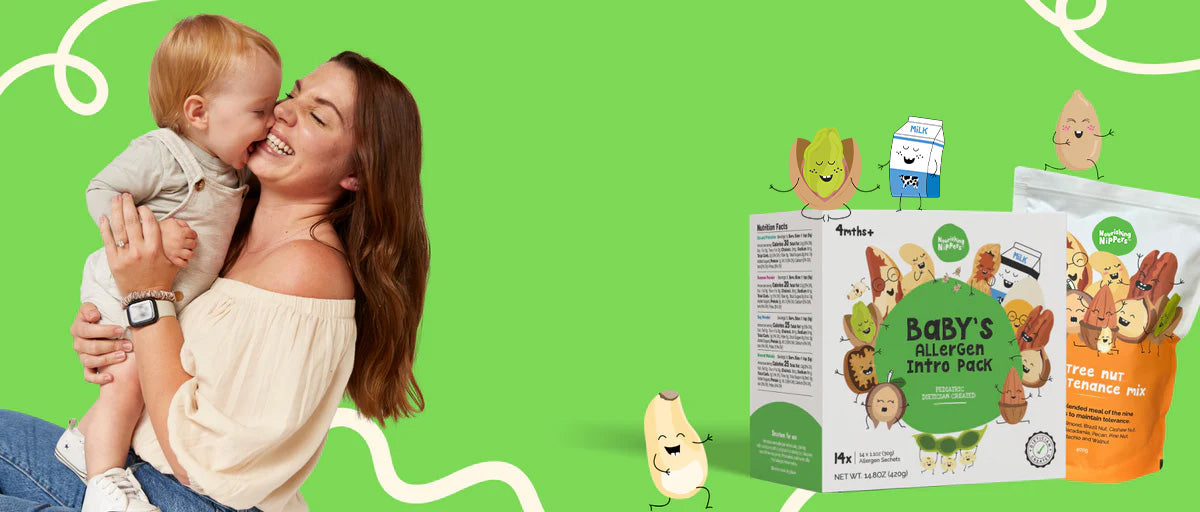
-
Allergen Intro Pack by Nourishing Nippers
Regular price $99.00Sale price $99.00 Regular priceUnit price / per -
Introducing Allergens to Your Baby (EBOOK)
Regular price $9.99Sale price $9.99 Regular priceUnit price / per



All the Allergens. None of the Hassle.
Unlike other brands, we include 14 of the most common allergens, ensuring your baby is exposed to the full range recommended by experts.
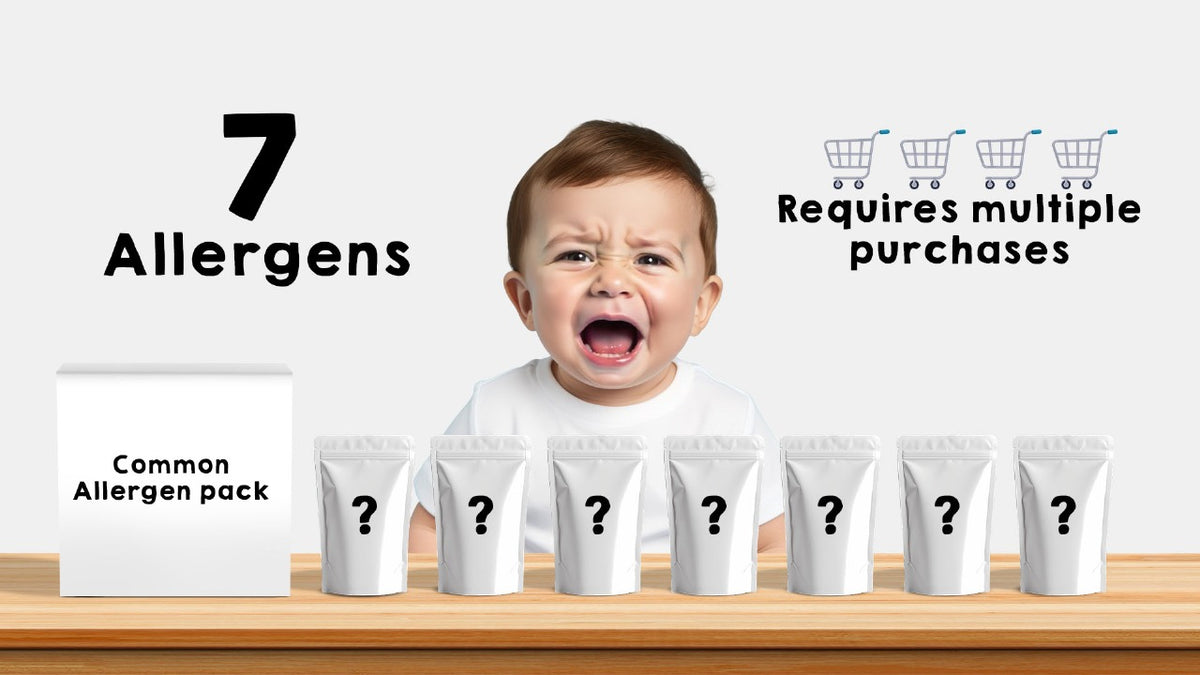




See what Aussie Mums have to say

Happy Parent
Amazing product! My little one loves the variety, and I feel so much more confident introducing allergens early.
Emily
Relieved Parent
Perfect for starting solids! Nourishing Nippers made allergen introduction so easy and stress-free.
Sarah
First-Time Mom
Nourishing Nippers gave me peace of mind as a first-time mom. Thank you for such a thoughtful product!
Hannah


FAQs
How do I use the allergen intro pack?
- Mix powders / ground nut meal into a previously tolerated puree or roll a piece of previously tolerated finger food such as avocado into the powder/ ground nut
meal - Start with 1/4 teaspoon of powder / ground nut meal on exposure 1, increase to 1/2 teaspoon on exposure 2 and increase to 1 teaspoon on exposure 3
- Three initial exposures should be carried out over 3 consecutive days or 3 days in one week (such as Monday, Wednesday, Friday)
- Always introduce a new food / potential allergen in the first half of day with time before next nap to watch for any adverse reactions
- Each sachet contains approximately 15 teaspoons of the powder / ground nut meal so it can be used to keep up exposure for at least a few more weeks
Do I need to do the increased exposures over 3 consecutive days?
While it is not essential to do over three consecutive days, we encourage you to do in one week so this may mean offering every second day, such as Monday, Wednesday and Friday.
This way you can get the three initial exposures in and provided there is no reaction, move on to ‘maintenance’ where you continue to offer the potential allergen twice weekly as part of your little one’s regular diet.
When can I start introducing the allergens to my baby?
The most recent update to the USDA Dietary Guidelines (2020-2025) recommends introducing nutrient-dense complementary foods to infants at about six months. It is recommended to give age-appropriate allergenic foods along with complementary foods from about 6 months. This recommendation is in line with Australian recommendations from the Australian Society of Clinical Immunology and Allergy (ASCIA).
If your baby has severe eczema, egg allergy, or both (conditions that increase the risk of peanut allergy), age-appropriate, peanut containing foods should be introduced into the diet
as early as age 4 to 6 months. This will reduce the risk of developing peanut allergy.
What is early exposure & why is it important?
Early exposure refers to the introduction of potential food allergens, at around 6 months (not before 4 months) of age when introducing solid foods.
It is now widely accepted, that early food introduction has a role in the prevention of food allergy, especially in higher-risk infants. This is thanks to the results of the Learning Early About Peanut (LEAP) study which was the first randomized controlled trial to demonstrate a significant (81%) relative risk reduction in the development of peanut early with early (aged 4-11 months) versus delayed (aged 5 years) peanut introduction.
Is there an order in which I should introduce the allergens?
There is no hard and fast rule with regards to the order in which you introduce the allergens, however the most evidence and guidance is around egg, peanut and milk. If your child is on a cow’s milk-based formula, this would count as their introduction to cow’s milk.
Current recommendations advise introduction of the common allergens along with complementary foods ~6 months (and not before 4 months).
Generally, egg and peanut (as well as cow’s milk) are encourage earlier (closer to 6 months) however this is largely because there is the most evidence relating to these. While there is little guidance with regards to the other allergens, the mechanism of sensitization is thought to be similar and therefore it is generally considered there is no harm to early introduction.
Consequently, current guidelines agree that all potential food allergens should be introduced by a child’s first birthday. From a practicality point of view, it is best to introduce the foods in the order in which they are consumed within your household, ie. Those foods-which are more readily consumed, should be prioritized over those less frequently eaten.
Increasing evidence is also supporting the need to continue to offer these foods, at least weekly, provided they are tolerated, in order to maintain tolerance.
How much of the potential food allergen should we be offering, after the initial introduction stage?
There is still no definitive volume of food you need to offer in order to keep up this
tolerance to the allergen, so start by adding a teaspoon of the potential allergen, twice weekly and increase, as appropriate as your child begins to eat more.
What if we don’t eat a food, should we still introduce it?
Once your baby has tried a potential allergen causing food, without reaction, it is important to keep offering it to them, ideally around twice per week. Ultimately, your little one will be
eating family meals, so that means if you don’t eat a food, they are unlikely to eat it either.
Therefore, if there is a food your household does not eat, you may decide not to introduce that food, as they are unlikely to be exposed to eat at home. You may wish to discuss this
further with your doctor, paediatrician or a dietitian specialising in allergies.
I heard I shouldn’t give my baby cow’s milk before one but it is in your allergen pack?
Recommendations around cow’s milk introduction can be a little confusing. As cow’s milk
protein is a potential food allergen and the current advice recommends introducing all food
allergens before your child is one, it is important to introduce cow’s milk to your child by
their first birthday (which is why it is in our allergen pack). Cow’s milk is found in cow’s milk-
based formulas, which is how many babies will be first exposed to it! It is also found in
yoghurts, cheese and butter, among other things. Cow’s milk can be offered to your child in
any of these forms and even in small amounts in the form of dairy, for example in porridge
or cereal or baked in a muffin, however a bottle of cow’s milk must not displace breast milk
or formula until your child is the age of 1. This is because it does not provide the appropriate
balance of nutrients for baby’s optimal growth.
What does an allergic reaction look like?
Allergic reactions usually take place within minutes, up to 2 hours after a food is ingested.
Allergic reactions are considered either mild to moderate or severe (anaphylaxis). A mild to
moderate reaction may include hives or welts, vomiting, significant changes in wellbeing or
swelling of the lips, eyes or face.
A more severe reaction, known as anaphylaxis, may involve wheezing or persistent cough,
difficulty breathing, swelling of the tongue, swelling in throat, change in voice or cry and/or
pale and floppy/collapsing.
What should I do if my baby has a reaction?
If you notice any of the above signs that suggest your child may be having an allergic reaction, stop feeding the food immediately and seek medical attention. If they are showing
signs of a mild reaction, continue to monitor for signs of a severe reaction. You may wish to take your child into the doctor immediately.
If your child is having a severe reaction, lay them flat in your arms. DO NOT allow them to walk or stand upright. Call 911 immediately.



Join our Community
Sign up for our newsletter and stay in the loop with expert tips, delicious recipes, exciting
news, upcoming events, and all the latest updates! Whether you're looking to try something
new in the kitchen or stay informed on the trends and happenings, we've got you covered.
Plus, it's completely free! Don’t miss out – sign up today and be part of our growing
community!














